The 11 best wireless headphones you can buy
The <a href="https://www.amazon.com/Creative-Blaster-Ultra-Light-Bluetooth-Headset/dp/B00SA1IAWG/ref=as_li_ss_tl?ie=UTF8&linkCode=ll1&tag=tiip_061916_bluetooth-headphones-guide-20&linkId=dfcfa535f099941a483488dc22ddf19c"target="_blank">Creative Sound Blaster Jam</a> is one of the few respectable Bluetooth headphones available for less than $50.

The Jabra Move Wireless is a fun listen, and not terribly expensive to boot.
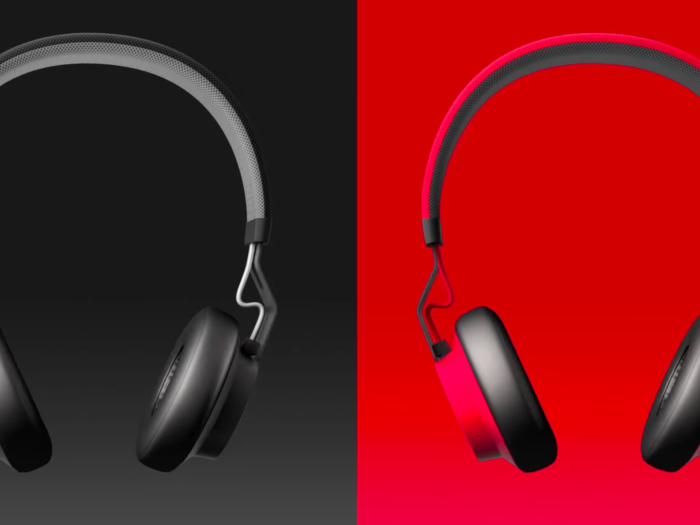
If you can spare $30 more, the Jabra Move Wireless are a step-up in just about every regard.
They’re another pair of comfortable, fairly lightweight on-ears, but they’re more sturdy, and their bass-forward sound brings more life to lots of popular music. They're not going to satisfy audio purists, but for less critical listeners (i.e., most people) they're a good value at $70.
The Skullcandy Grind Wireless has a dynamic sound that belies its low price point.

The soft earpads on the Skullcandy Grind Wireless sink onto your head, get a solid 10-12 hours of battery life, and feel competently put together.
The sound is the highlight, though: It’s punchy and exciting, but altogether less colored than the Jabras above. Bass is tight, treble is crisp, and there’s good detail. For a $90 pair of wireless headphones, they're great.
The Plantronics Backbeat Sense SE is lightweight, water-resistant, and natural-sounding.
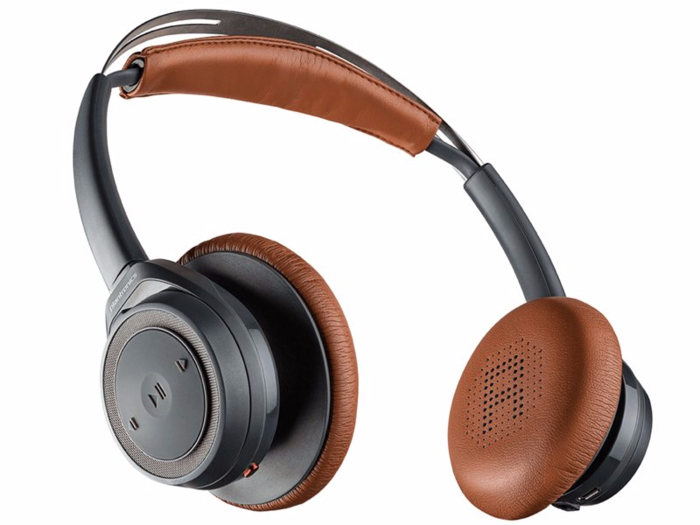
Going further up the on-ear ladder, the $160 Plantronics Backbeat Sense SE is wonderfully comfortable, good-looking, and safe to wear in the rain. They work well for taking calls — not surprising, given Plantronics’ history of making Bluetooth headsets — and they have the nifty ability to (ahem) sense when it’s off your head, then play and pause tracks accordingly. Battery life is great, lasting over 15 hours.
Once you have the Sense on, they offer a pleasant, well-balanced profile that works well with a variety of genres. They’re on the brighter, more treble-focused side, so bassheads should steer clear, but if you’re looking for something like a natural sound, they should satisfy.
The V-Moda Crossfade Wireless is super sturdy and great for bass lovers.
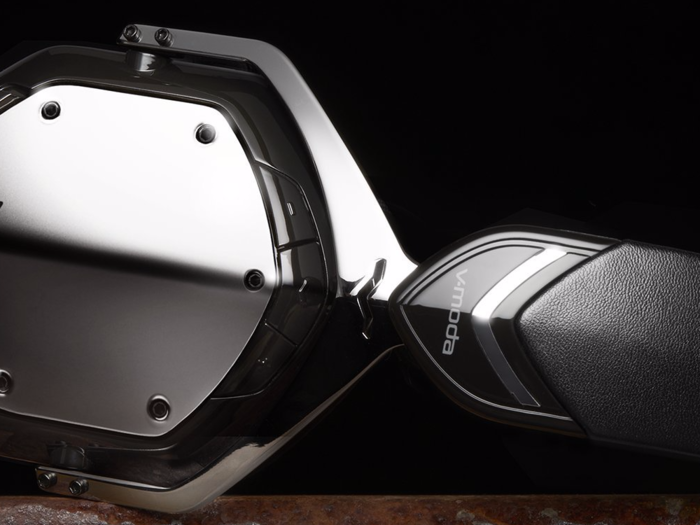
V-Moda’s full-size Crossfade Wireless are definitely for bassheads. If you’re very into hip-hop or electronica, you should have fun with the Crossfade’s powerful lows, which take priority but refrain from being totally overbearing.
The rest of the sound is nicely smooth on top of that. But again, if you’re an avowed audiophile, there are better ways to spend $300. (Few of them involve Bluetooth.)
There aren’t many $300 pairs that are tougher than this, however. V-Moda touts how the Crossfade’s flashy, industrial build meets military-grade standards for durability, so you should be safe chucking them in a bag. Though they’re on the heftier side, they’re not uncomfortable either. And if nothing else, you can swap out the default earpads if need be.
The Bowers & Wilkins P7 Wireless don't come cheap, but they tick all the boxes necessary for a premium wireless headphone.
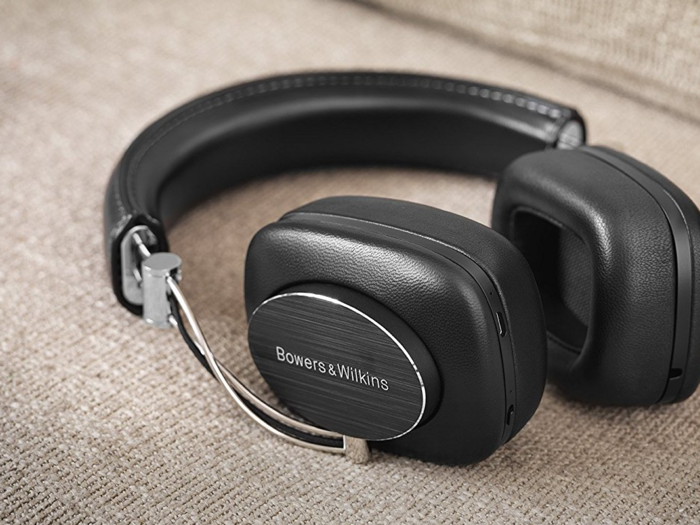
Dropping $400 on a pair of wireless headphones is a big ask, but the leather and aluminum finish of Bowers & Wilkins P7 Wireless is as rich as these things get. From a design standpoint, it feels like something out of reach for most people. (Consumerism!)
From a comfort standpoint, the plush earpads and headband are there too. And the 15 hours of battery life should be fine.
Where the P7 Wireless excel most, though, is audio quality. Simply put, they are the sharpest sounding headphones on this list. Bass is powerful but not bloated, mids are present and defined, highs are crisp, and there's an excellent level of space and detail. For a wireless headphone, it's very close to the current summit. If you can afford luxury, you get it here.
If you're an iPhone owner, the Beats Solo 3 Wireless pairs lively sound with supremely simple pairing and tremendous battery life.
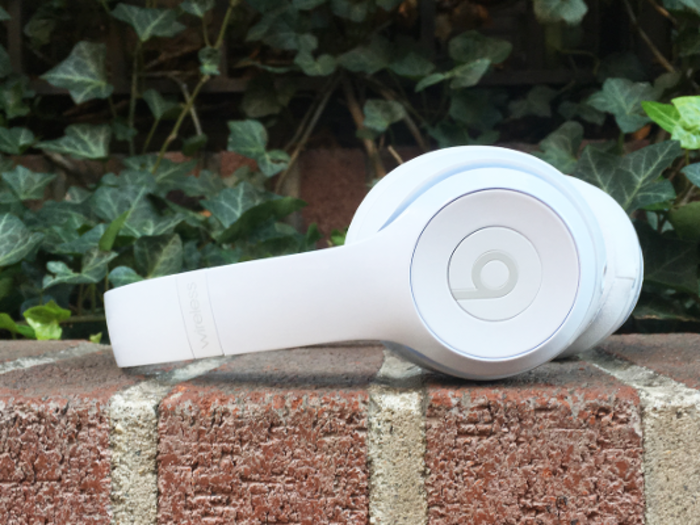 Beats Solo 3 Wireless pairs lively sound with supremely simple pairing and tremendous battery life.' layout='fill' objectFit='cover' loading='lazy' width="700" height="400"/>
Beats Solo 3 Wireless pairs lively sound with supremely simple pairing and tremendous battery life.' layout='fill' objectFit='cover' loading='lazy' width="700" height="400"/>
Yes, it's Beats. Apple's audio juggernaut doesn't have the best reputation among headphone enthusiasts out there. But if you can put your past prejudices aside, you'll see that the Solo 3 Wireless border on class-leading in a few key areas.
Namely, pairing and battery life. Both of those benefit from the fancy W1 chip that Apple's snuck into the headphone. So long as you use an iOS device, pairing is as simple as watching a card pop on your home screen and hitting a big "Connect" button. And because the W1 is a low-energy chip, the Solo 3 gets about 40 hours of juice.
Does it sound like a $300 headphone? No. There's still a lack of clarity in the high-mids, and per usual, the low-end rules all. But that bass is now more "fun" than "obnoxious," and the profile as a whole is smooth. It's solid. Combined with that rock solid wireless tech, it's enough to make the Solo 3 a plenty respectable choice for bass lovers.
The Bose QuietComfort 35 is the most effective noise-cancelling Bluetooth headphones on the market.
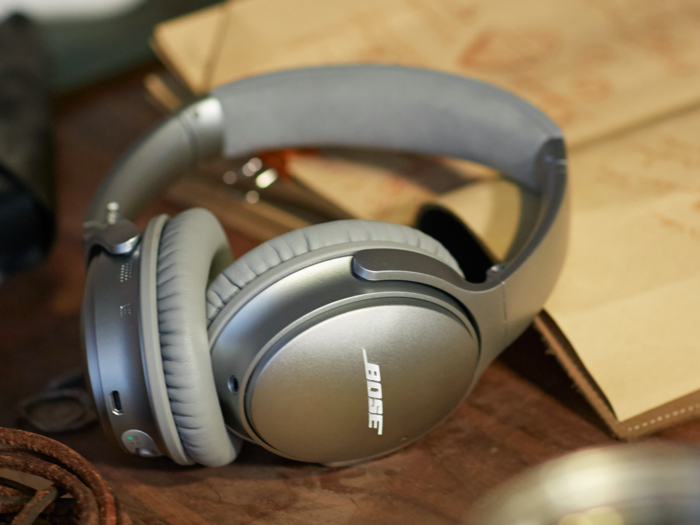
The new Bose QuietComfort 35 have an easier time justifying their $350 premium, if only because they get you Bose’s world-beating noise cancellation tech.
Noise-cancelling headphones are still only for a certain niche of people, and they still can’t tune out everything — namely, voices and other high pitches — but if you’re absolutely positive you need them, Bose is still the best at shutting out the world around you. It’s good enough to be hazardous if you’re not paying attention.
You can't get through the digital processing required for noise-cancelling without degrading sound quality, and Bose has never been known for that in the first place. Look elsewhere if audio fidelity is your main concern. That said, the lively highs and potent bass make for a profile that's good enough for most.
It helps that the QC35s feel sublime on the head, both lightweight and snug. If you're specifically going for noise cancellation, they have to be your first choice.
The Sennheiser PXC 550 Wireless aren't as strong as the QuietComfort 35 from a noise-cancelling standpoint, but they sound superior.
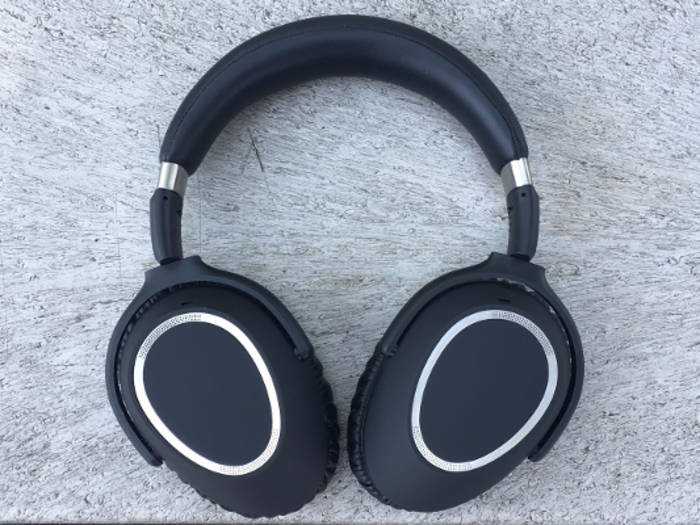
If you're willing to sacrifice a little noise-cancelling strength, the Sennheiser PXC 550 Wireless is a more versatile take on the QuietComfort 35 above.
Though they cost $50 more, their noise-cancelling is still solid, they last for a long time, and they're comfortable. Most importantly, they sound more a little more alive, with strong bass and clear highs. They're also fantastic for taking calls.
The touch controls on their sides may not be for everyone, but if you’re in the peculiar spot where you just want the option of noise cancelling, they still fit the high-end bill.
The Plantronics Backbeat Fit are well-rounded and convenient for runners.
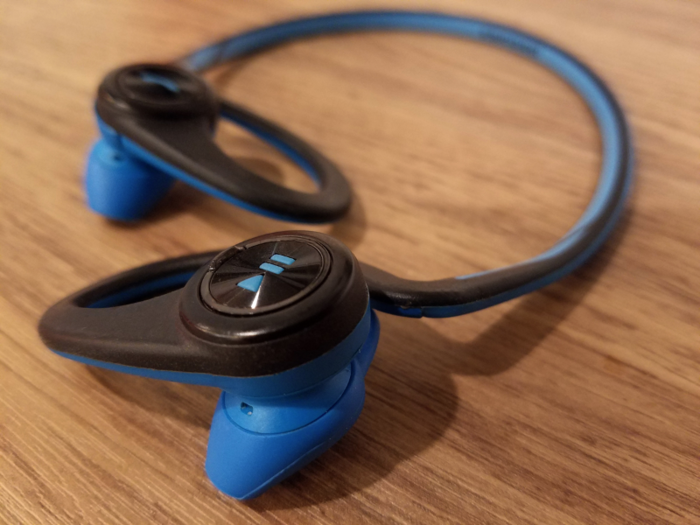
We’ve raved about them in the past, but the Plantronics Backbeat Fit are a great all-rounder in the realm of wireless exercise headphones. They’re sweatproof, sturdy, and easy to keep in place. Like the Backbeat Sense above, Plantronics has fitted them with excellent call quality. They even come with an armband case for running with your smartphone.
The sound quality is clean and distortion-free, but it’s important to note that the around-the-neck design here is unsealed. That means the earbuds don’t dig in your ears so much as they rest outside them. This lets in too much air for there to be any satisfying bass punch, but it also makes it easier to hear your surroundings as you’re running around.
The Jaybird X3 is the performance pick among exercise headphones.
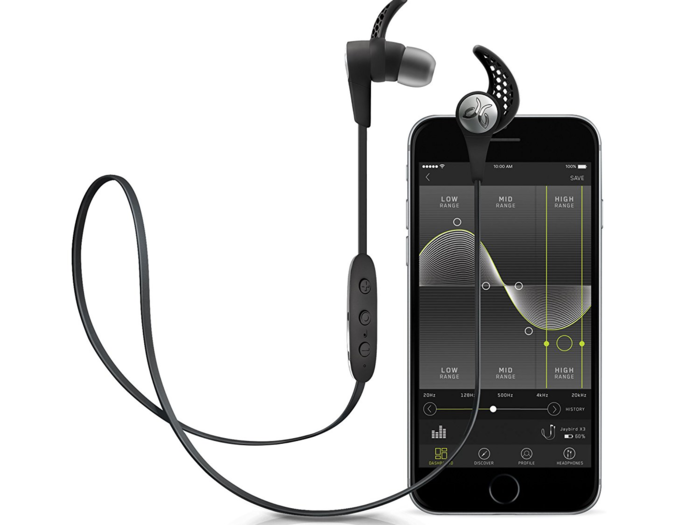
Wireless sports headphones are typically wastelands when it comes to sound quality, but for the past few years, Jaybird has been an exception. That continues with the X3.
At $130, it certainly charges you for the privilege, but in return you get a good balance of potent bass and bright highs. It's not natural, but it's balanced. You can adjust the mix in a companion app if you want, but on its own, it fits the energizing mold.
Jaybird's weakness has always been fit. The X3 takes steps to fix this, as it's significantly smaller and lighter than its predecessor, but as always, your mileage may vary. If nothing else, there are a ton of accessories and eartips in the box to help you out, and once you get it right, the X3 won't drag as much in your ears. Everything is still sweatproof, too.
My main complaint is with the battery. It's not the the eight or so hours of life aren't enough — that's okay — it's that you have to use a separate, snap-on charging dock to fill the thing back up. Try not to lose that. Otherwise, the X3's attention to audio detail puts it over the top.
We're confident that you'll enjoy any of the picks above, but new Bluetooth headphones are launching every day. We're testing as many as we can, and we'll be sure to update this list as we find standouts.
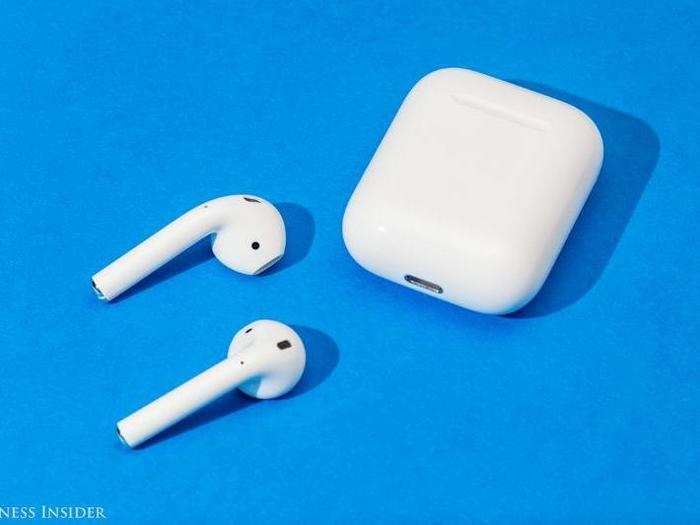
In particular, we're looking at the new wave of truly wireless earbuds, many of which are just now arriving. We were mixed on Apple's AirPods, but we'll have a guide for similar pairs like the Samsung Gear IconX, Jabra Sport Elite, and Erato Apollo 7, among others, in the near future.
Popular Right Now
Popular Keywords
- India’s wearables market decline
- Vivo V40 Pro vs OnePlus 12R
- Nothing Phone (2a) Plus vs OnePlus Nord 4
- Upcoming smartphones launching in August
- Nothing Phone (2a) review
- Current Location in Google
- Hide Whatsapp Messages
- Phone is hacked or not
- Whatsapp Deleted Messages
- Download photos from Whatsapp
- Instagram Messages
- How to lock facebook profile
- Android 14
- Unfollowed on Instagram
Advertisement